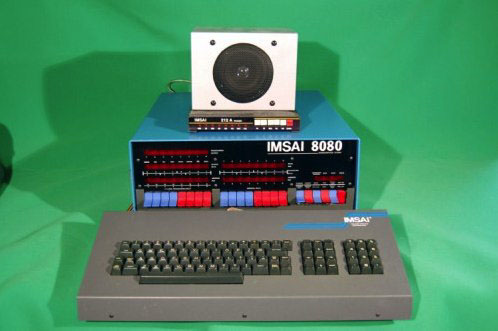
This is a slowly evolving update to the official IMSAI website. Links and updated material are gradually being added. Hit :Contact Us” and email with any questions or other items.
Thanks, -Thomas “Todd” Fischer
IMSAI is a registered trademark of Thomas Fischer Company
(c) 1999-2020 Thomas Fischer Company All rights reserved worldwide
